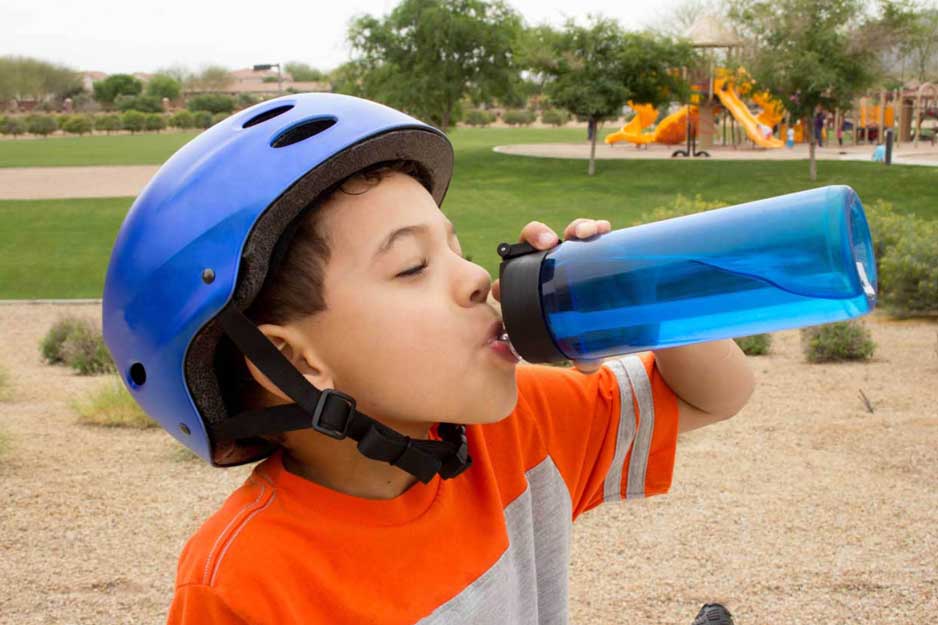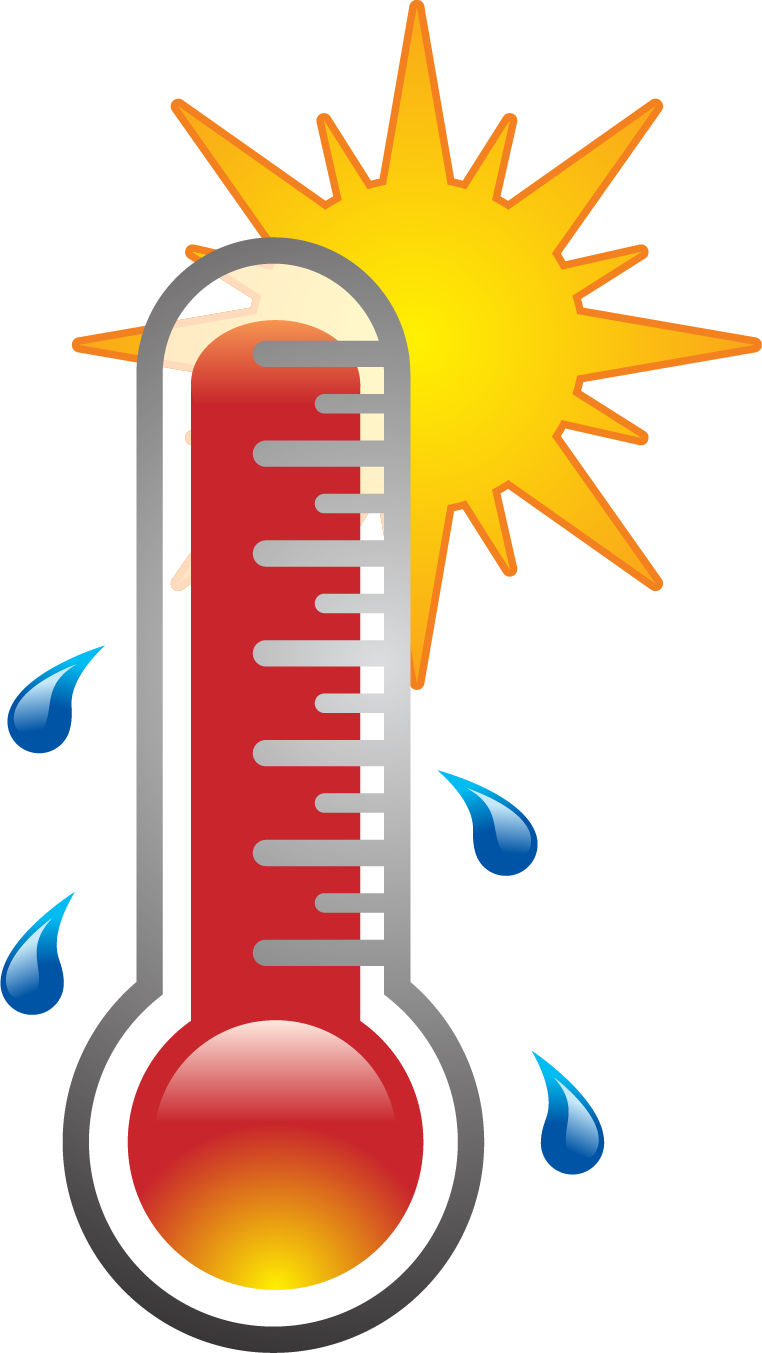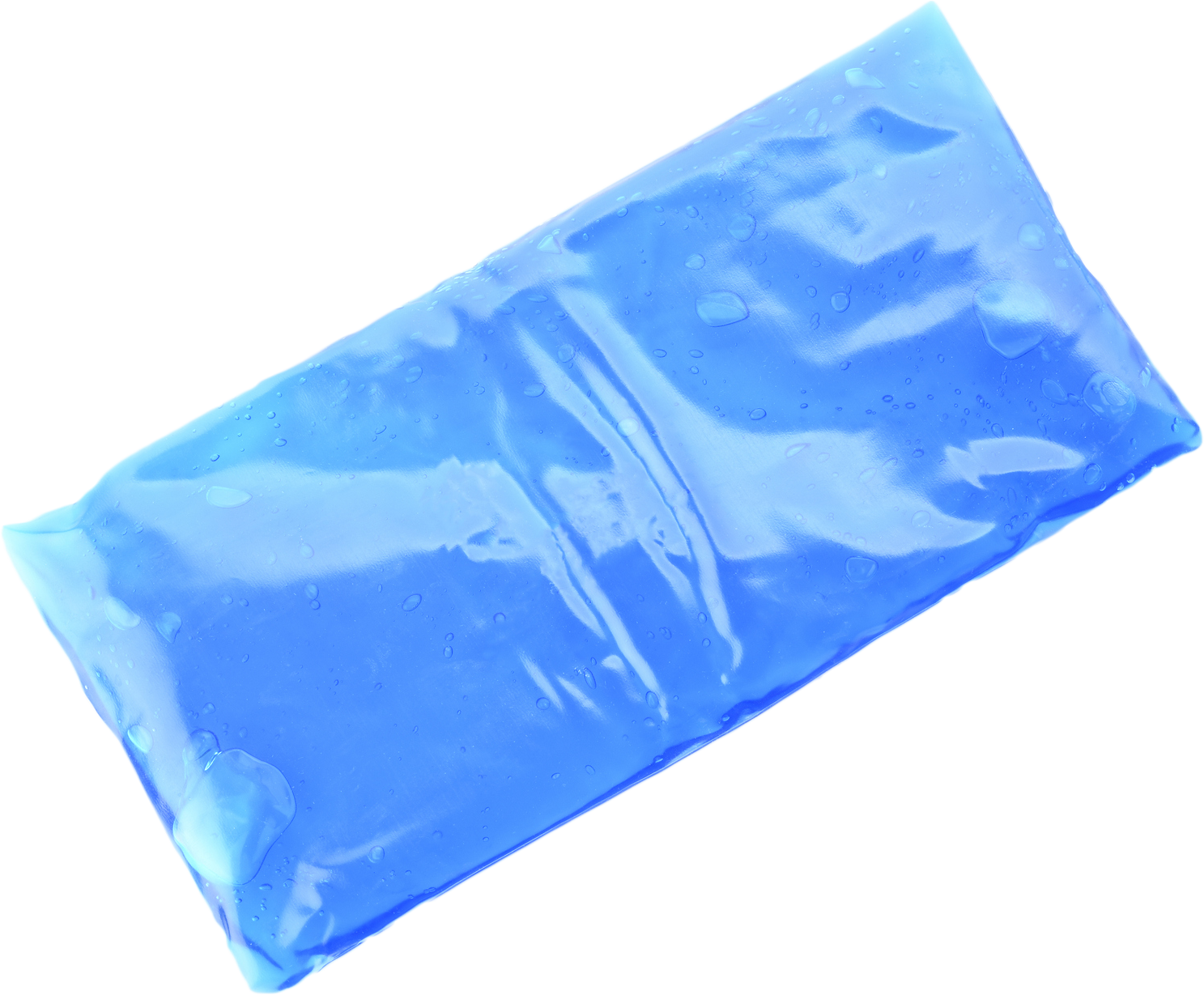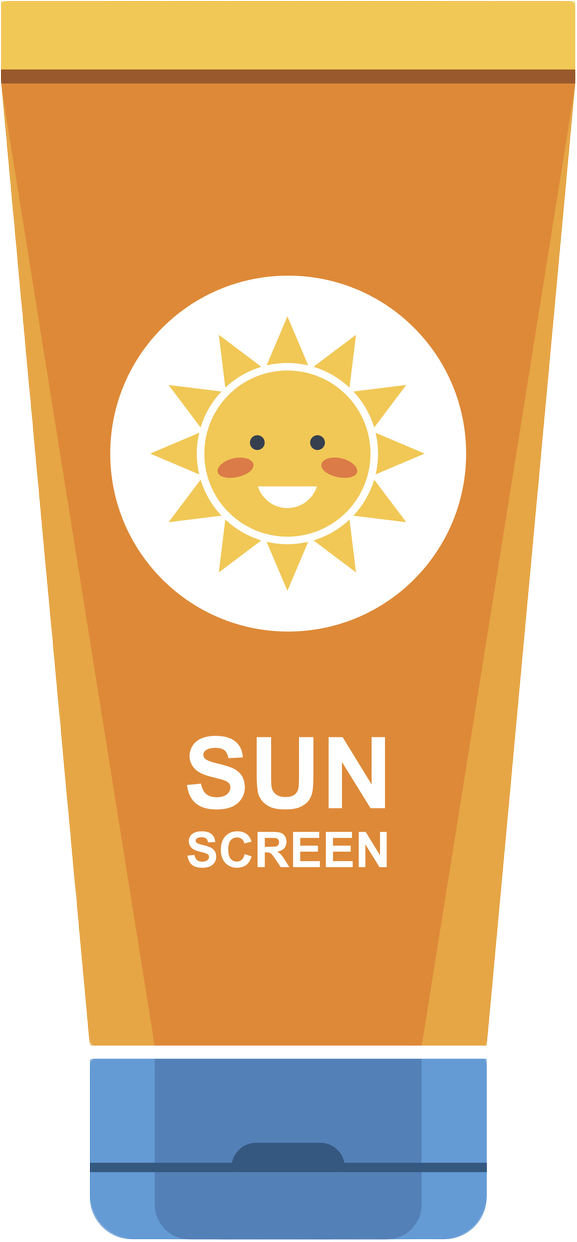
Summer is now in full swing, and in Arizona, that means extreme heat. We know that our region gets hot; the last decade has been the warmest on record for the southwest United States. As the temperature increases, so does your risk for heat-related illness. Excessive heat can cause illness in varying degrees, from heat rash to heatstroke. In extreme cases, sustained exposure to heat can be deadly. Certain populations are especially susceptible to heatstroke, including very young children and elderly people.
What is heatstroke?
The most serious form of heat injury is a heatstroke. Heatstroke can occur if your body temperature rises to 104 F (40 C) or higher. Other signs and symptoms of heatstroke include: 
- A change in mental state or behavior. Confusion, irritability, slurred speech, seizures, and coma can all result from heatstroke.
- Changes in sweating. If hot weather causes the heatstroke, the skin will feel hot and dry to the touch. However, if strenuous exercise causes heatstroke, the skin may feel dry or slightly moist.
- Nausea and vomiting. You may feel nauseated or vomit.
- Flushed skin. As your body temperature increases, your skin may become red.
- Rapid breathing. Your breathing may become rapid and shallow.
- Racing heart rate. Your heart may beat rapidly.
- Headache. Your head may ache or throb.
What to do if someone has heatstroke.
Heatstroke is a life-threatening emergency. If you think someone is experiencing heatstroke, immediately call 911.
While you wait for emergency services, take whatever measures you can to cool the person:
- Move the person indoors or into a shady area
- Remove excess clothing
- Place the person in a cool shower or cool tub of water
- Spray with a hose (in our area, water may be hot – after you turn on the hose, let it run until it cools)
- Sponge or mist the person with cool water
- Place ice packs or cold, wet towels on the person’s head, neck, armpits, and groin. Untreated heatstroke can quickly damage your brain, heart, kidneys, and muscles. The damage worsens the longer treatment is delayed, increasing your risk of serious complications or death.
Preventing heatstroke and other heat-related illness.
There are ways to keep yourself and others safe from heatstroke. If you are going to be outside in the heat or in an area without air conditioning for an extended period, take the following precautions:
- Wear lightweight, loose-fitting clothing. This enables your body to cool itself properly.
- Stay hydrated. Your body needs enough fluids to regulate its temperature by sweating. Note – alcohol and sugary drinks can actually cause your body to lose more fluids.
Protect yourself from sunburn.
 Sunburn hinders your body’s ability to cool itself. Wear a broad-spectrum sunscreen with SPF 15 or higher; reapply every two hours, and more often if you’re swimming or sweating. A wide-brimmed hat and sunglasses can also help protect you.
Sunburn hinders your body’s ability to cool itself. Wear a broad-spectrum sunscreen with SPF 15 or higher; reapply every two hours, and more often if you’re swimming or sweating. A wide-brimmed hat and sunglasses can also help protect you.
Be mindful of the effects of medication. If you take medications that can affect your body’s ability to stay hydrated, take extra precautions to avoid the heat.
Never leave anyone in a parked car: when parked in the sun, the internal temperature of a car can rise 20 degrees F in 10 minutes. It’s not safe to leave anyone in a parked car in warm or hot weather, even if the windows are cracked or the car is in the shade. Keep your car locked when it is parked to prevent a child from getting inside.
Take it easy during the hottest parts of the day. If you can’t avoid strenuous activity in hot weather, drink fluids and frequently rest in a cool spot. Try to schedule exercise or physical labor for cooler parts of the day, such as early morning or evening.
Wait until you adjust. If you are not used to hot weather, limit time spent in heat until you are conditioned to it. Your body can take several weeks to adjust to hot weather.
